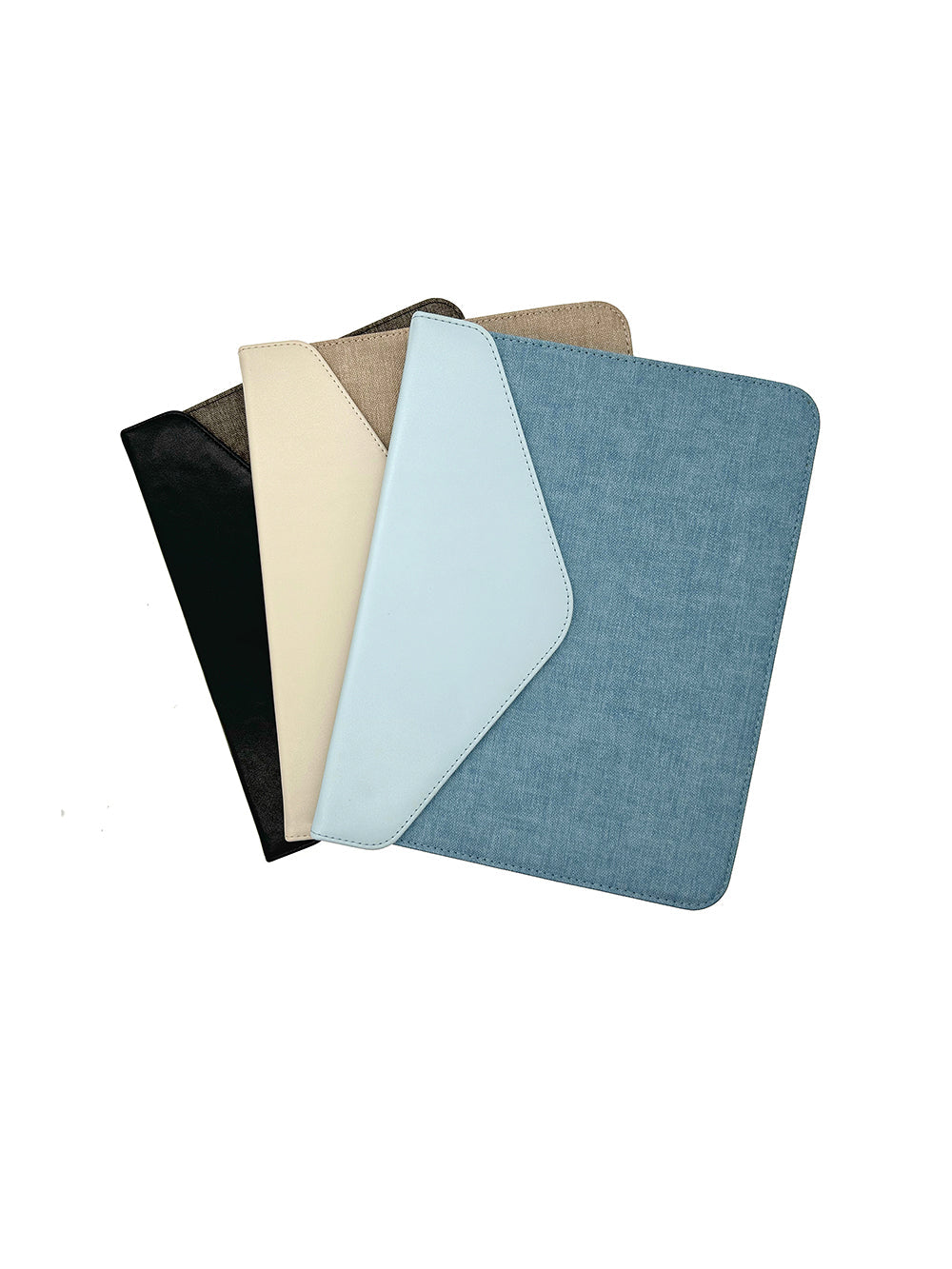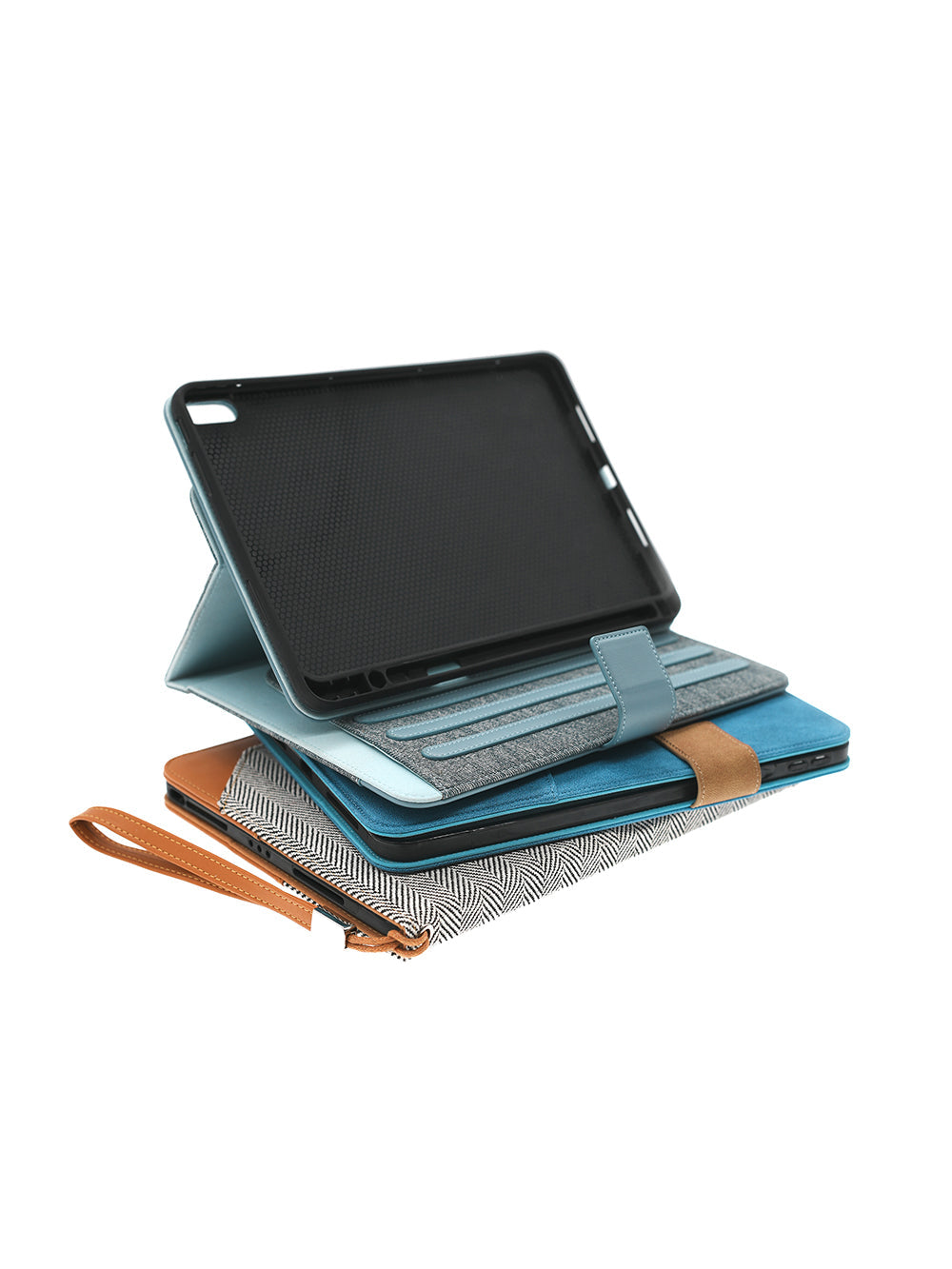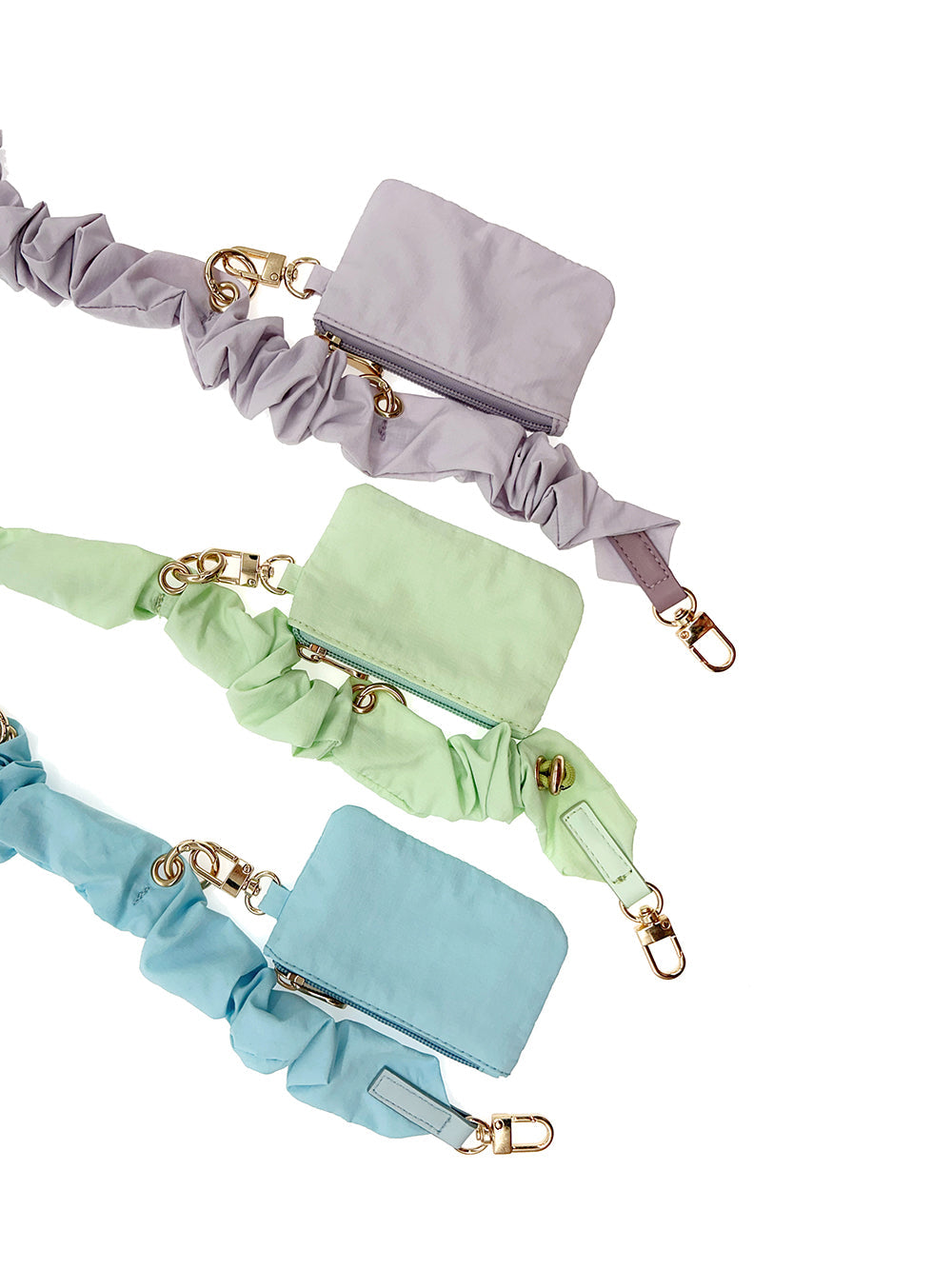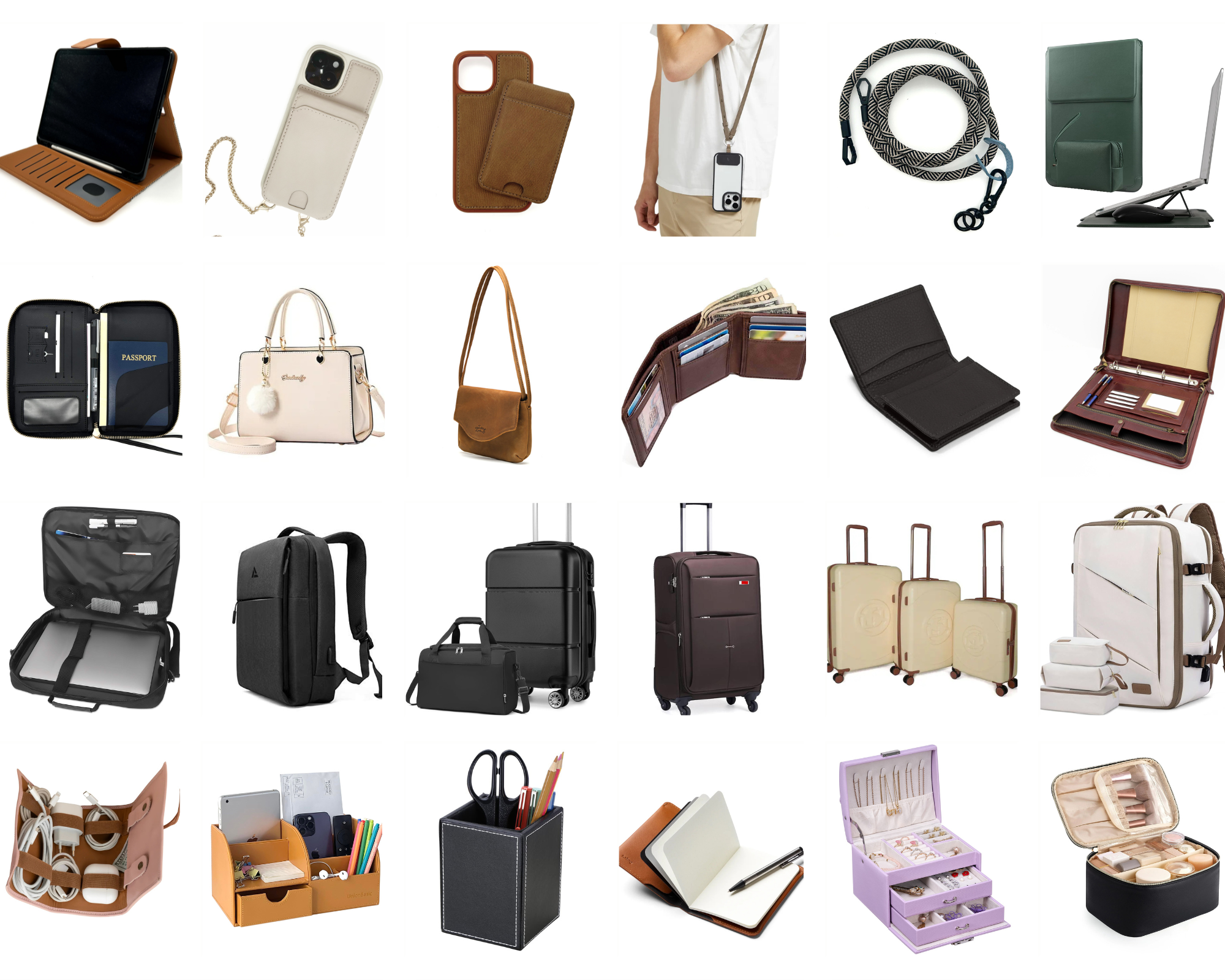
The Evolution of Women’s Handbags Over Time
يشارك
Handbags have always been more than just carriers of personal items they’ve served as reflections of culture, social status, fashion trends, and even gender roles. Over time, women’s handbags have evolved from practical necessities to powerful symbols of style and identity. In cities like Dubai, where modern luxury meets tradition, the handbag remains a key part of a woman's wardrobe, seamlessly blending fashion with function.
The Early Origins: Function Over Fashion
The history of handbags goes as far back as ancient Egypt, where pouches made of leather or cloth were tied around the waist to carry coins or tools. These early versions were purely functional used by both men and women and had no decorative appeal. It wasn’t until the 16th and 17th centuries in Europe that women began using small drawstring purses called “reticules.” These were often worn around the wrist and used to carry essentials like handkerchiefs, coins, and perfume.
The 19th Century: A Sign of Refinement
With the Industrial Revolution came new materials and more refined designs. Women’s handbags started to reflect status and taste. Bags became smaller, more elegant, and intricately decorated. They were used mostly for formal outings, and their design aligned with the period’s emphasis on femininity and sophistication.
The 20th Century: A Century of Innovation
The 20th century brought major changes in women's roles and handbags changed with them.
- 1920s–30s: The rise of Art Deco influenced bag designs, introducing geometric shapes and luxurious materials like satin and beads.
- 1950s: Structured leather handbags gained popularity as women stepped into the workplace and needed bags that were both elegant and practical.
- 1970s–80s: Feminism and individualism took hold. Bags became larger, bolder, and more expressive. Brands like Chanel and Gucci turned handbags into status symbols.
- 1990s: Minimalism dominated. Sleek shoulder bags and leather totes suited both casual and corporate looks.
The 21st Century: Fashion, Function & Identity
In today’s world, women’s handbags serve multiple purposes storage, style, self-expression, and convenience. With smartphones, laptops, and daily on-the-go routines, modern bags are expected to do more than ever.
We now see a wide variety:
- Tote bags for working professionals
- Crossbody and sling bags for hands-free urban use
- Mini and micro bags for high fashion and trendsetting
- Travel bags and duffles that combine style with spaciousness
In places like Dubai, handbags are not only fashion statements but also lifestyle accessories. A sleek leather tote may accompany a woman to work in the morning, while a designer crossbody fits perfectly for an evening dinner at the Marina.
Technology and Sustainability in Handbag Design
The evolution of handbags also reflects advances in technology and a shift toward sustainability. Smart bags now come with built-in chargers, anti-theft locks, and eco-friendly materials. Consumers are more conscious than ever, and brands are responding with cruelty-free leather, recycled fabrics, and transparent sourcing.
Final Thoughts
The journey of women’s handbags is deeply tied to the changing roles and lifestyles of women through history. What began as a simple tool for carrying coins has transformed into a central piece of modern fashion. In today’s world especially in a city as dynamic and diverse as Dubai a handbag is much more than an accessory; it’s a statement, a utility, and a reflection of personal identity.





